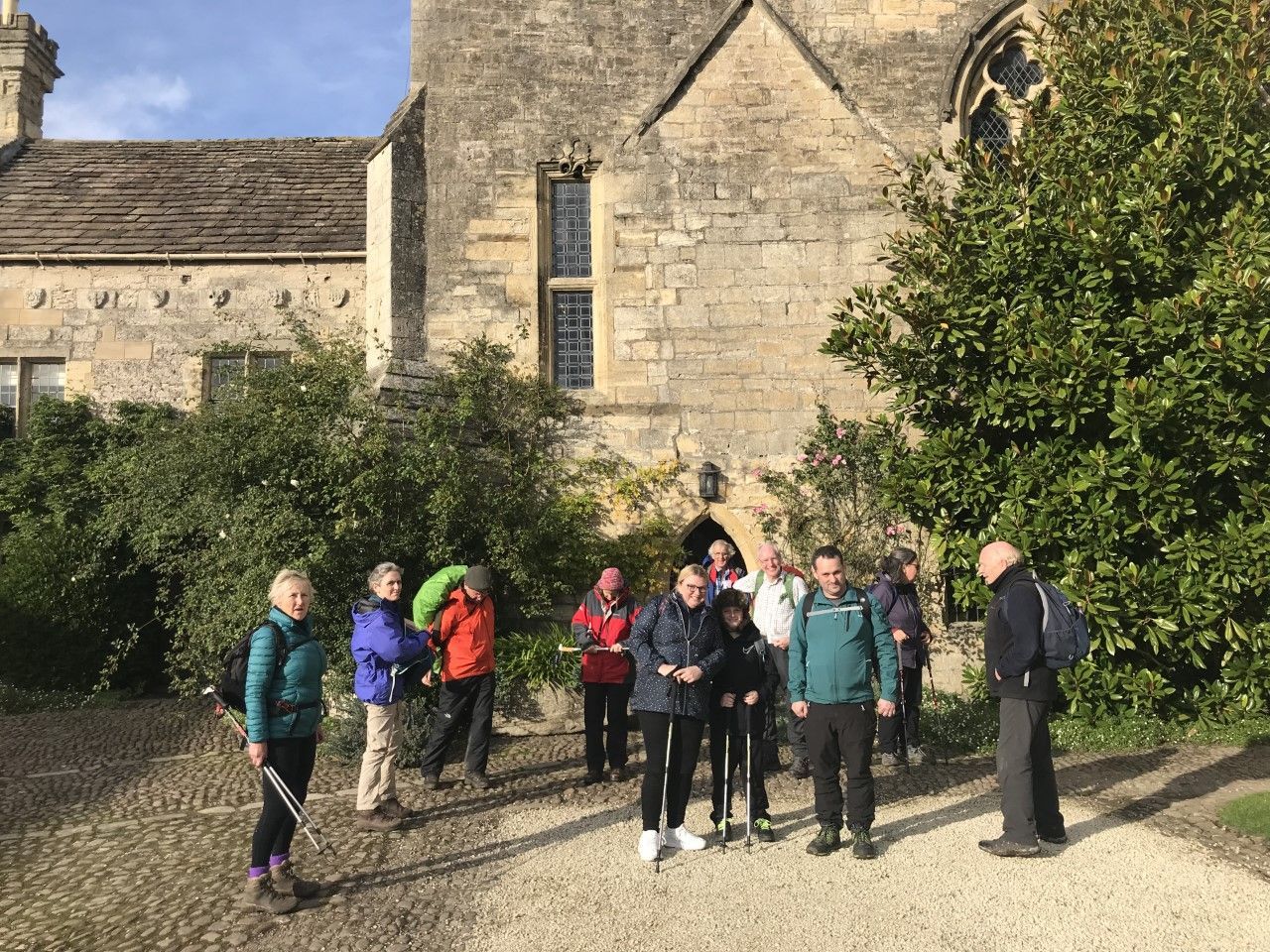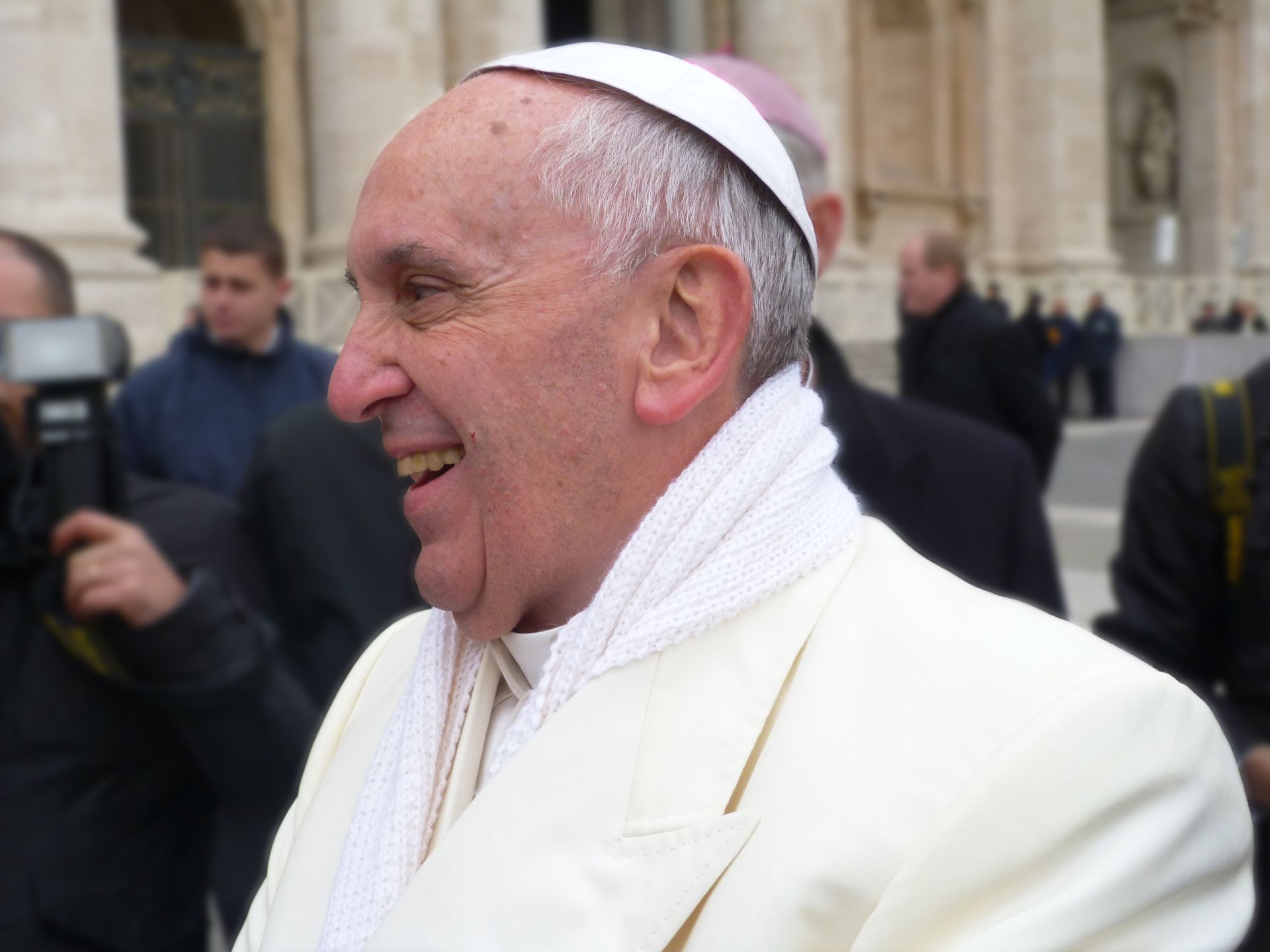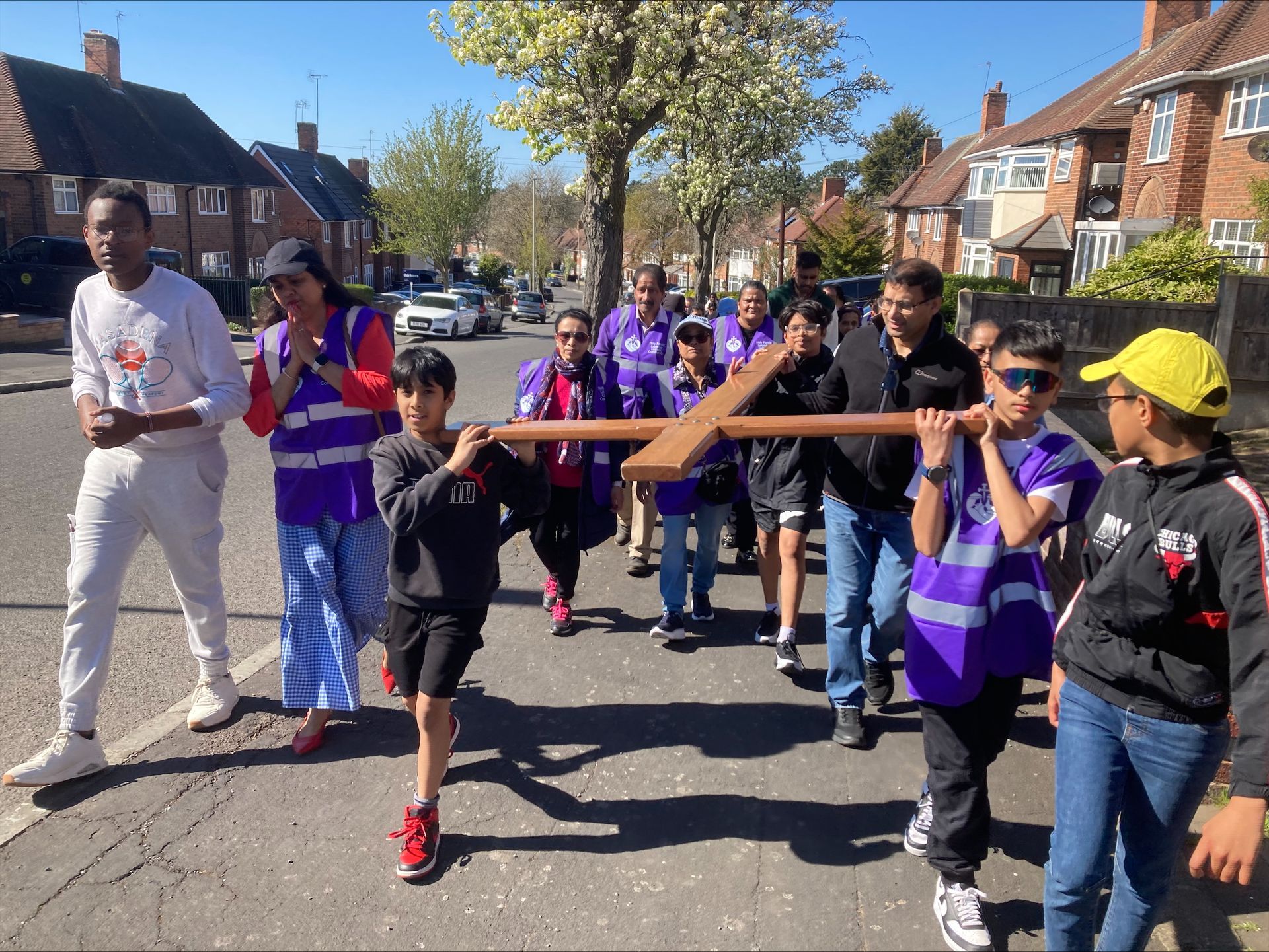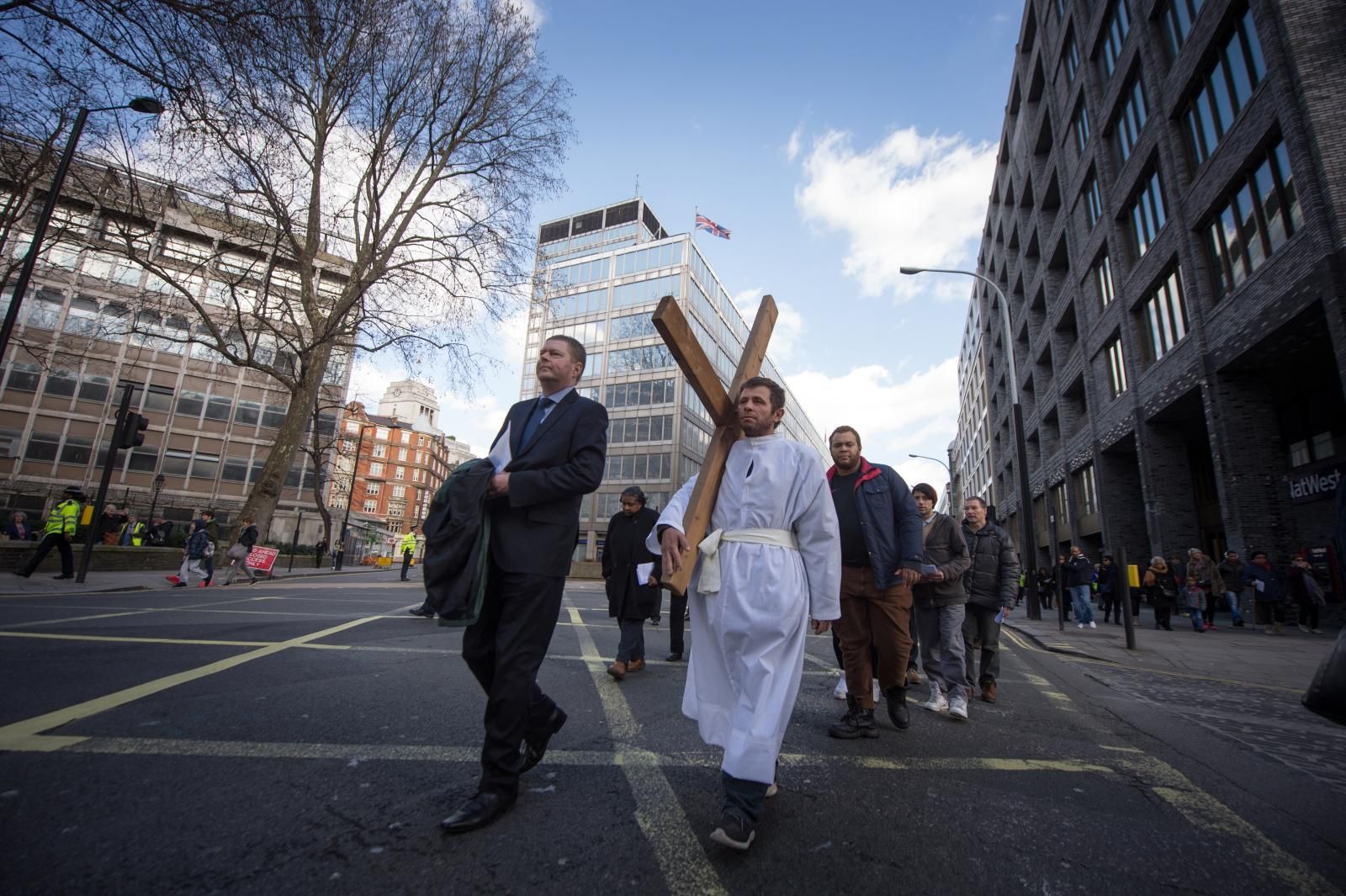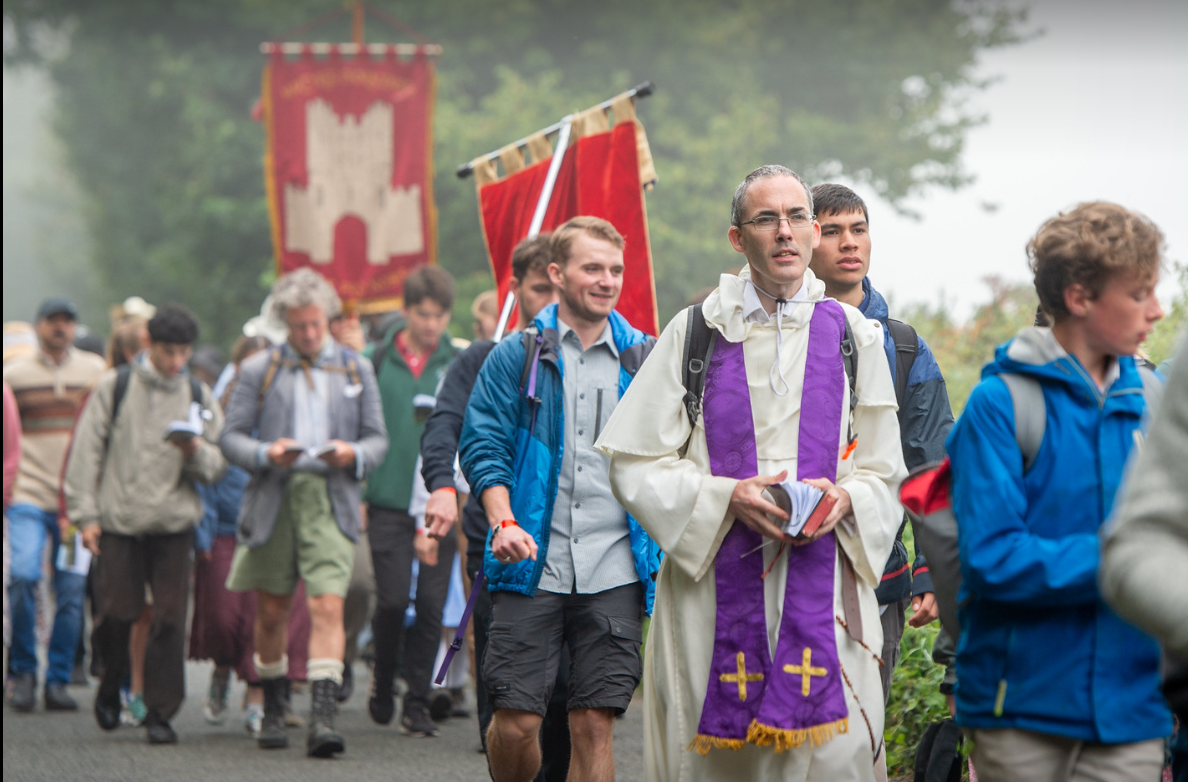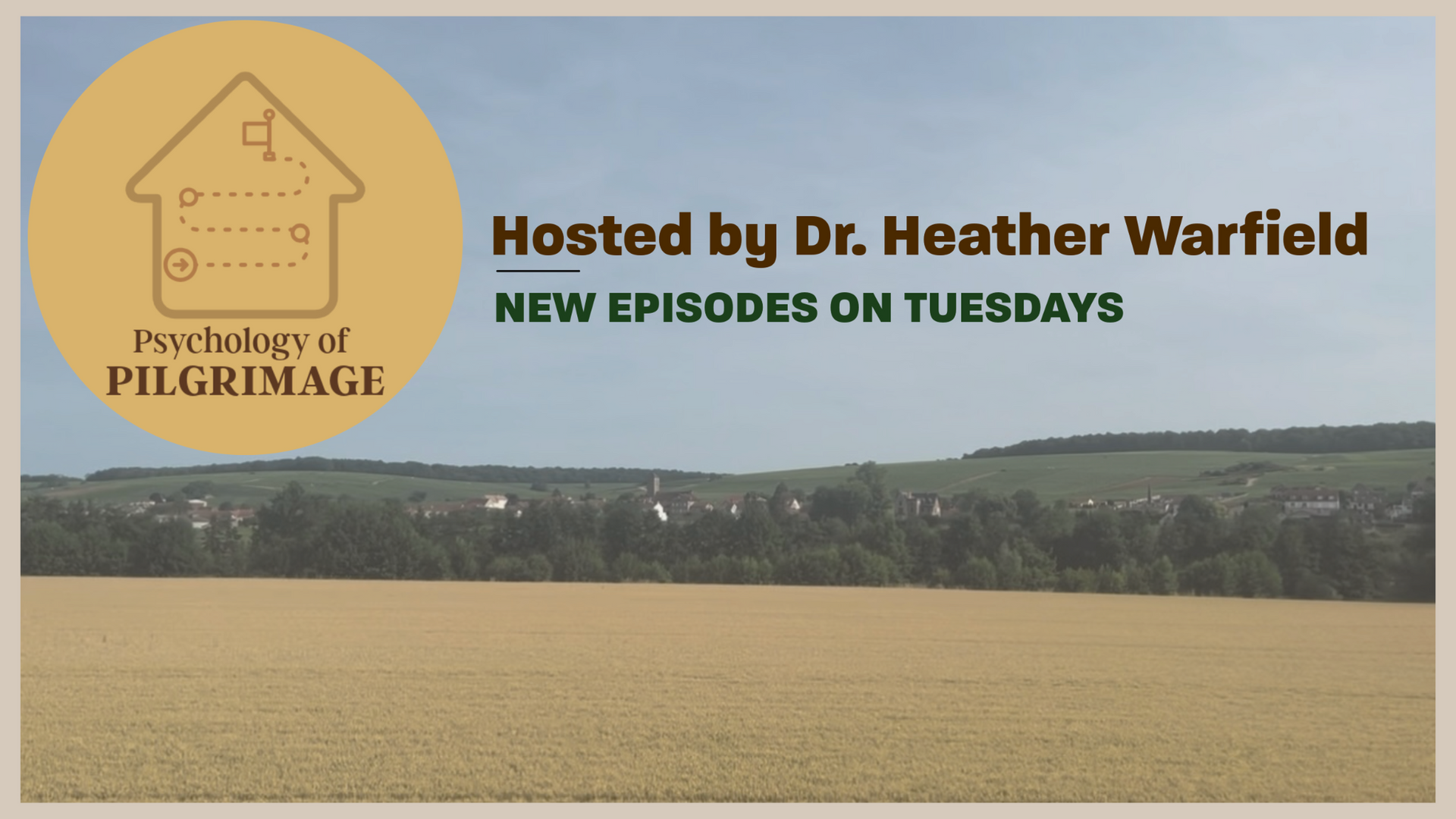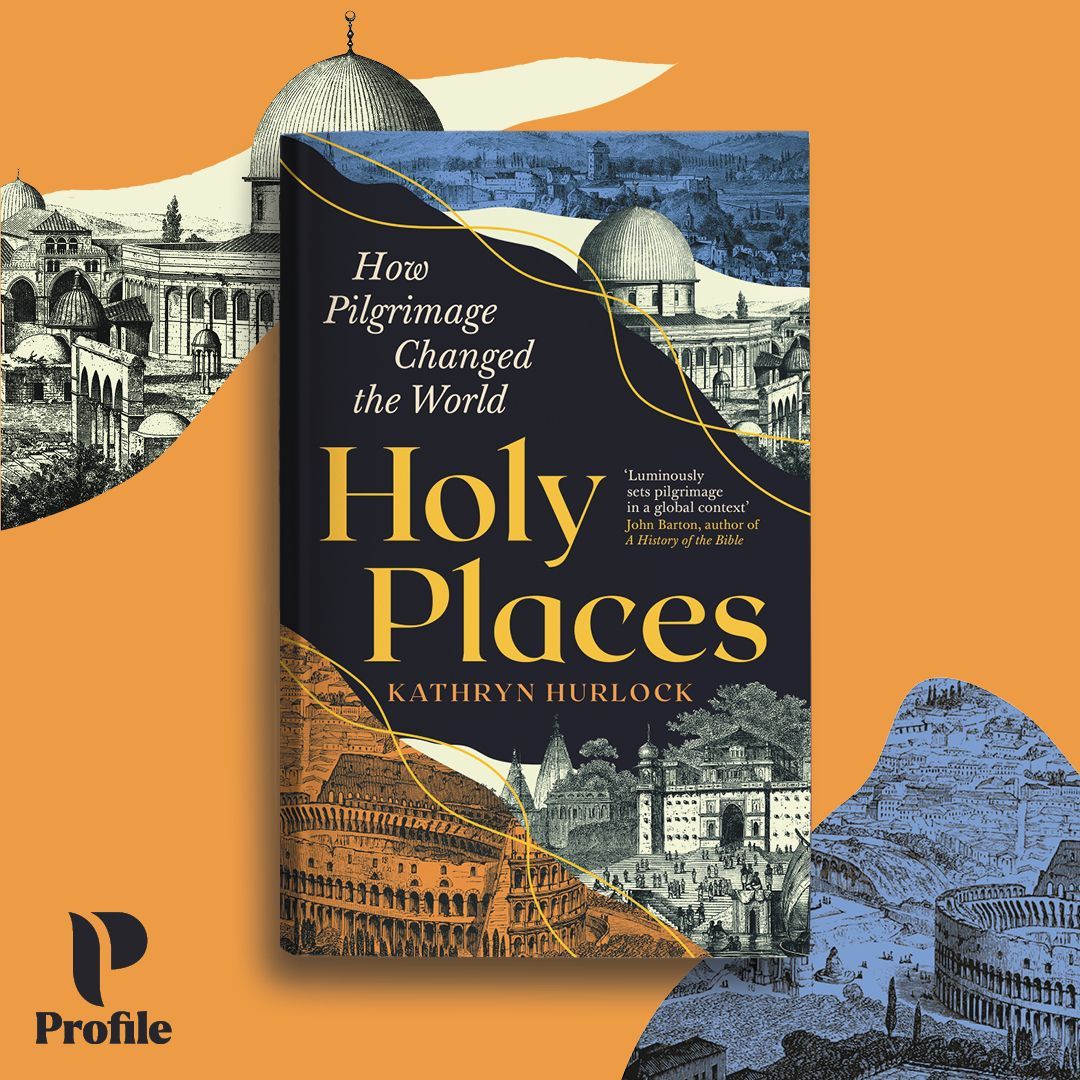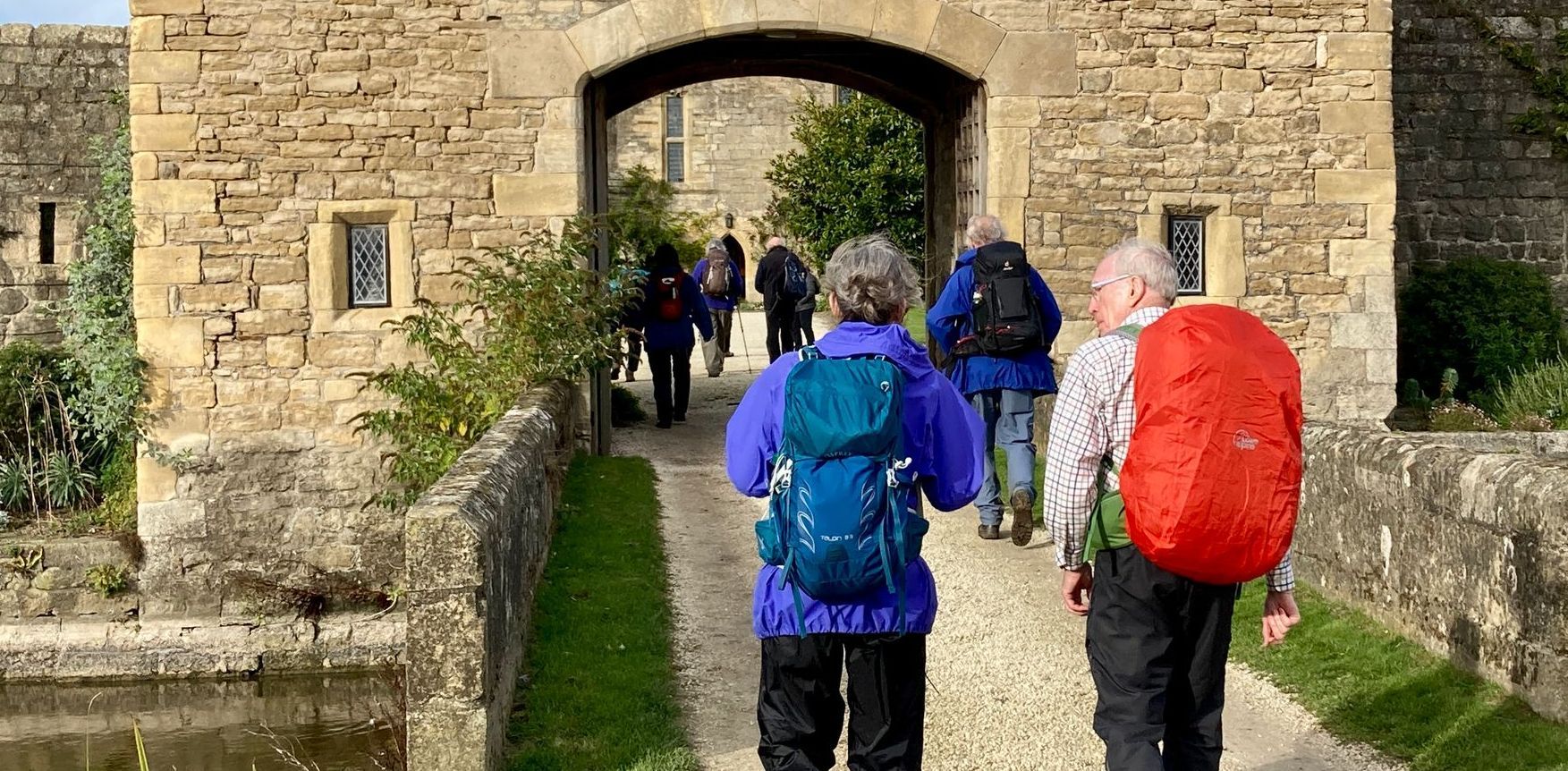How and why the St Wilfrid's Way was created
Stephen Habron explains how he came to create the St Wilfrid's Way
THOSE BOOTS WERE MADE FOR WALKING, SAYS POPE FRANCIS
THE STORY OF THE WHY AND HOW ST WILFRID’S WAY WAS CREATED
The Year of Mercy proclaimed by Pope Francis, commenced with the opening of the Santa Porta (Holy Door) at St. Peter’s Basilica, Rome on 8th December 2015, and ended on Sunday 20th November 2016. On Sunday 13th December, Gaudete Sunday, the 3rd Sunday of Advent, Pope Francis opened the Holy Door in the Cathedral Church of Rome, St. John Lateran, saying:
"We have opened the Holy Door, here and in all the cathedrals of the world. Even this simple sign is an invitation to joy. It begins a time of the great forgiveness. It is the Jubilee of Mercy."
In the Vatican City on 21 January 2016 Pope Francis said the following as he received three thousand leaders of pilgrimages and rectors of shrines, participating in the Jubilee at the Paul VI Hall:
"Making a pilgrimage to shrines is one of the most eloquent expressions of the faith of a people for God … This popular religiosity is an authentic form of evangelisation that must be promoted and emphasised, without minimising its importance"
"It would be a mistake to think that those who go on a pilgrimage live a spirituality that is not personal but rather of the 'masses'. The reality is that the pilgrim carries within him his own history and faith, and the lights and shadows of his own life. Each person carries within his or her heart a special wish and a particular prayer.”
“The practice of pilgrimage has a special place in the Holy Year, because it represents the journey each of us makes in the life.”
It was a Sunday lunchtime in Autumn 2015 when the idea of creating a camino within the Diocese of Leeds was mentioned to me. Camino means “the path or the way.” Maybe because I had walked the Camino Frances in Spring 2013 to Santiago de Compostela, and as the following year 2016 was to be a Jubilee Year of Mercy, I realised that this comment was meant for me! Thus the scenario was set for the eventual creation of the St. Wilfrid’s Way, nothing more nothing less than a causal remark during lunch! It was the start of a learning curve on how to create a camino, quite a daunting prospect.
Where from? Where to? How long? How far? Will many, or perhaps, will anyone walk it? These were just a few of the initial concerns that came to my mind.
So the actual process of writing the St. Wilfrid’s Way (SWW) was aided by the experience gained in my first efforts to create a camino from my Parish Church – St Patrick’s in Huddersfield to Leeds Cathedral dedicated to St Anne.
After the success of the Parish to Cathedral Camino, it was suggested that I might wish to devise a Camino from the Cathedral of St. Anne’s in Leeds to Ripon. Little did I know then that plans were in the pipeline for Bishop Marcus Stock to say Mass in Honour of Our Lady and St. Wilfrid and the Saints of the Diocese of Leeds in Ripon Cathedral on Saturday 8th October 2016. I am happy to report that an estimated 1,300 pilgrims from the Diocese of Leeds attended the Mass, including a small band of 6 walking pilgrims who had departed from Leeds Cathedral two days earlier!
We are blessed, like most of the dioceses of England and Wales, with a multitude of holy places, holy wells, and shrines to a vast number of saints and people. The main raison d’etre for the Camino is to have the opportunity to visit those sites and pray and reflect just like the hundreds of thousands of earlier pilgrims. It is without doubt a humbling thought and experience.
The journey from Leeds Cathedral of St Anne to Ripon was later to be named St. Wilfrid’s Way, in honour of the secondary patron of our Diocese and the builder of the first Church on what is now the site of Ripon Cathedral, and who was initially buried there.
A group of pilgrims led by the author first walked the initial route in October 2016, the outline of route is as follows:
Day 1: The 2016 route left from the Cathedral on Thursday 6th October, via Woodhouse Ridgeway (a route probably used by the monks of Fountains Abbey) Meanwood Grove, Eccup, Harewood Estate, crossing the River Wharfe onto Kirkby Overblow, Crimple Valley finally arriving in Harrogate, which at 21 miles proved to be too far for the comfort of all but the fittest of walkers.
Day 2: Started in Harrogate using the Nidderdale Cycle Way to Ripley, on through the site of the medieval village of Cayton Gill, to the villages of Markington and Ingerthorpe and along Strait Lane to Markenfield Hall and along Whitcliffe Lane onto Ripon Cathedral.
Subsequently in 2017 and thereafter saw the route change and the first major change was to start from Roundhay Park which is a short bus ride from the centre of Leeds. It has taken six years to finally set the current regular route. Today the St Wilfrid’s Way is a two-day pilgrimage usually walked on the Friday and Saturday as close as possible to the Feast Day of St. Wilfrid (October 12th). St Wilfrid is the secondary Patron of the Diocese of Leeds.
Day 1 St. Anne’s Cathedral to Roundhay Park by bus, and on to Shadwell, East Keswick, Wood Hall and Sicklinghall, and finally to the Shrine if Our Lady of the Crag in Knaresborough, where we overnight. The walk is 17 Miles in 3 sections with 5 stages in total
Day 2: Ripley and Bishop Thornton (the oldest parish church in the Diocese) to Markenfield Hall, a meeting place of the Rising in The North in November 1569, then on to Ripon Cathedral founded by St. Wilfrid. The walk is 16 Miles in 2 sections with 4 stages
For the complete route details please see www.dioceseofleeds.org.uk/pilgrimages/
Stephen Habron
March 2023
